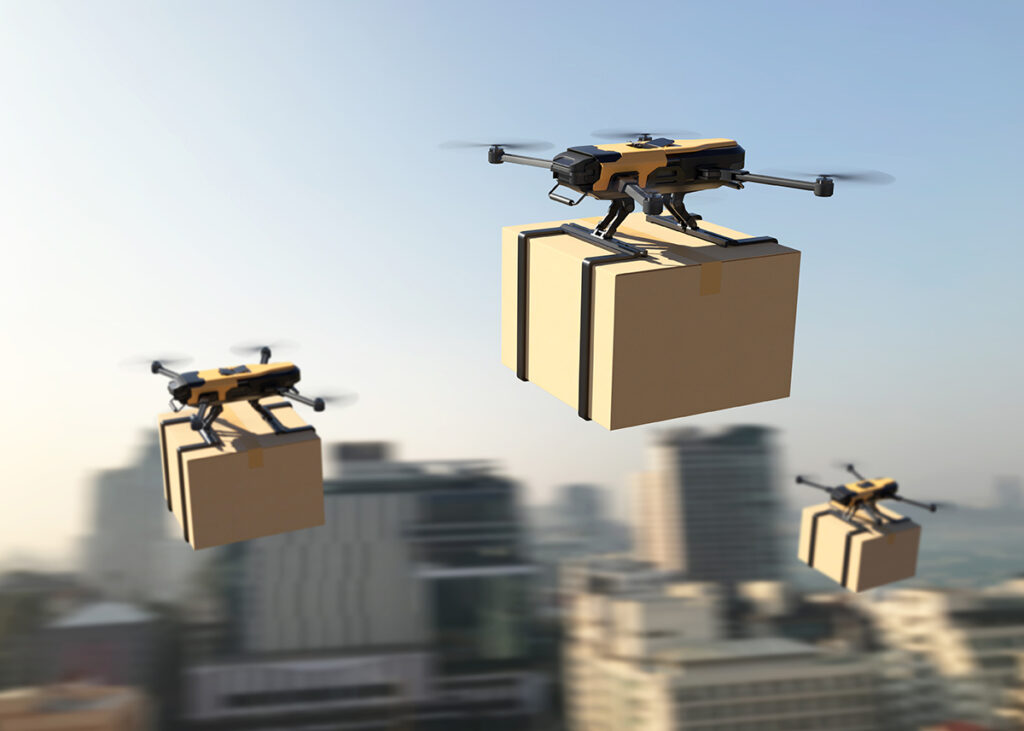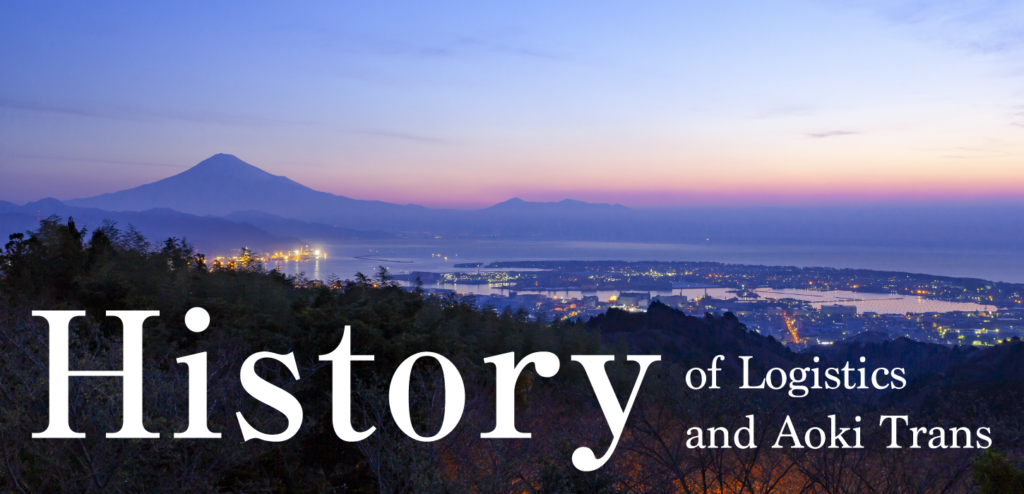
Distribution, also called logistics, refers to the unified management of the steps from procuring raw materials to production, storage, packaging, and sales–all the steps to get goods to consumers. Starting from the second half of the 19th century, vast amounts of valuable goods were shipped around the world. Aoki Trans, which was founded more than a century ago, has been a part of that history almost the entire way.

Mandarin oranges, tea, and raw silk from Shimizu Port to the world
Around 1900, when cargo ships became practical, it was possible to safely and effectively send goods to every corner of the Earth. Mandarin oranges, tea, and raw silk were shipped from Shimizu Port, ushering in the era of shipping on a global scale.
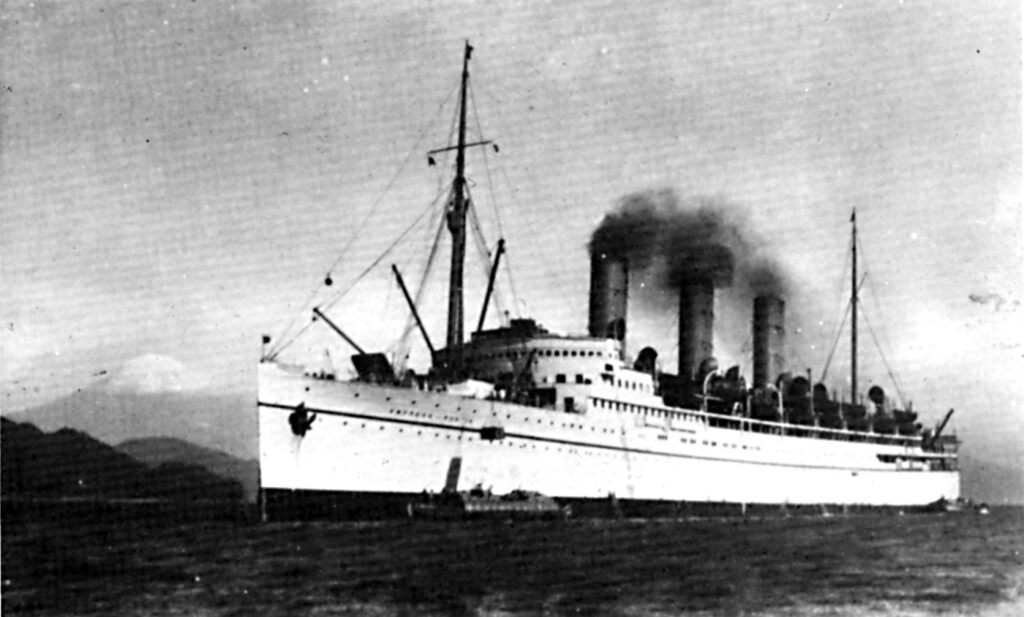
The Empress of Russia berthed at Shimizu Port, 1919

Rapid development of containerization
Until around 1950, while large-scale shipping was possible through mechanization, loading and unloading, transport, and sorting were all done by hand. By the 1970s, the advent of forklifts and pallets encouraged both containerization and the mechanization of cargo-handling.
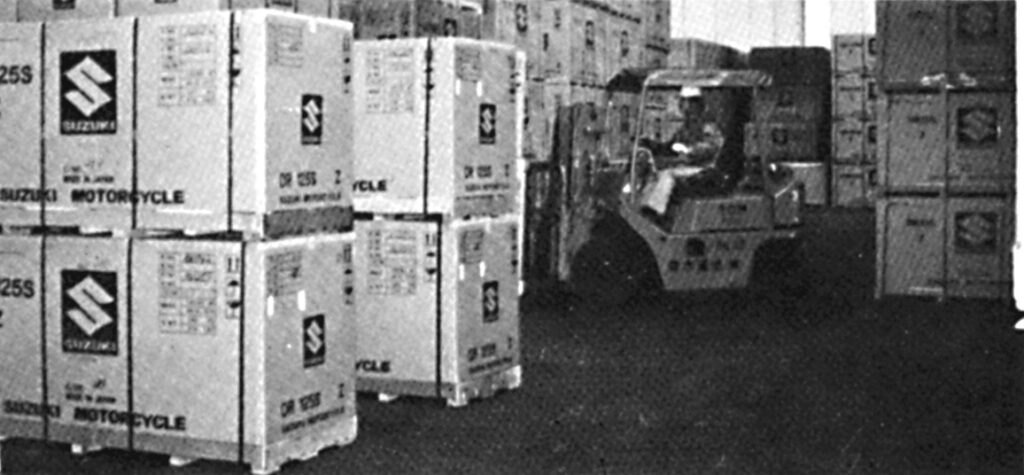
Loading containers using a forklift and pallets, 1973

One of the first companies in the industry to use computers
As computers became more common in the 1980s, systems were created for management and processing tasks. At Aoki Trans, we brought in computers in 1978, one of the first in the industry to do so, and established a Computing Room. In October 1993, we switched warehouse management work, which had previously been done in a batch system, to online work. It launched an innovation in terms of increased accuracy of logistics management within the warehouse, allowing us to use it as a system for overall management of things like deliveries, storage, picking, inspections, and packaging, and digitizing management and processing tasks.
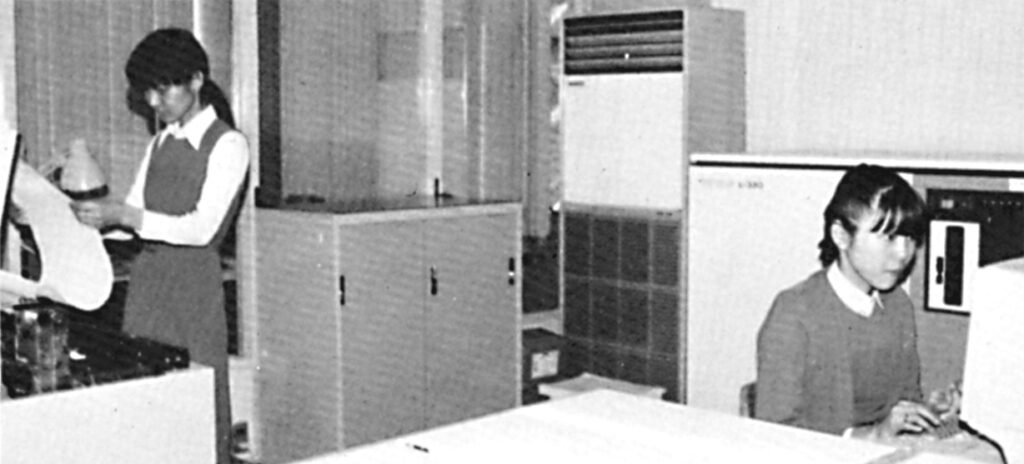
Computing Room at the Head Office, 1978
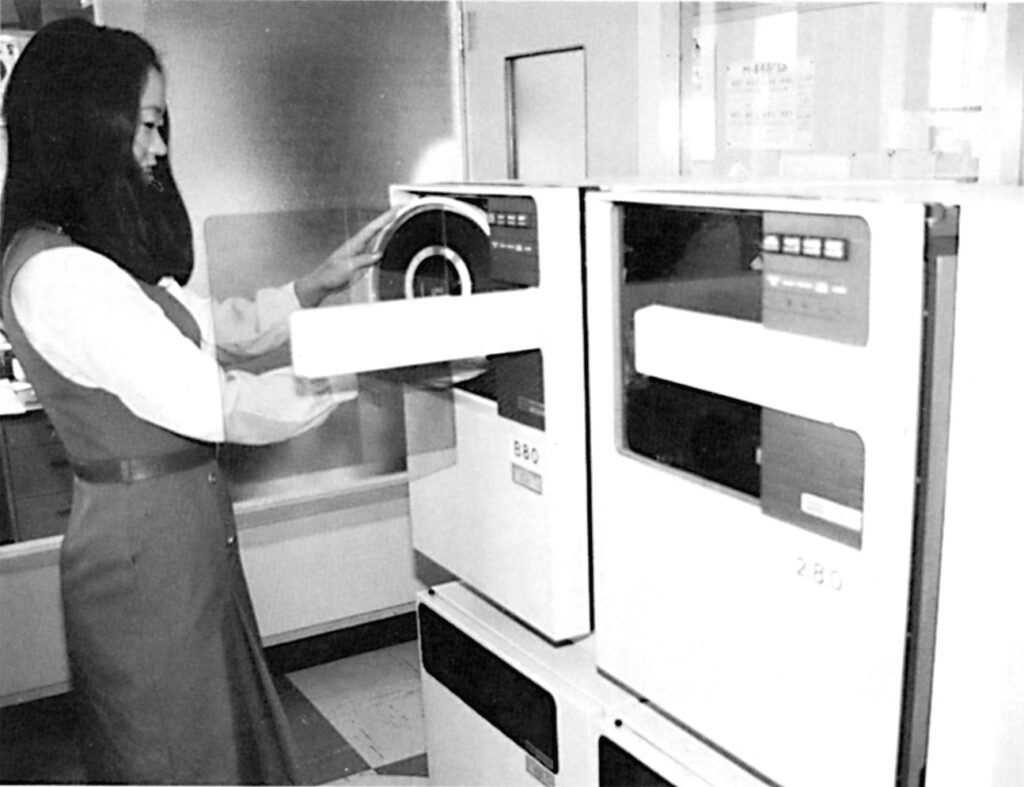
Introducing the online system that links the Head Office with regional offices, 1993
Introduction of Sea-NACCS
The same year, 1993, saw the introduction of Sea-NACCS (Nippon Automated Cargo and Port Consolidated System), which connects customs, customs brokers, and banks online. This system was developed jointly by the public and private sectors with the aim of rapid and accurate processing of sea-borne freight customs clearance. Distribution steps were dramatically improved.

Employees operating Sea-NACCS, 1993

And to the future
We have seen how the concept of logistics has evolved. But it is now poised at the start of another great step forwards. And that step is the standardization and downsizing made possible by IoT and AI, what is known as “Logistics 4.0”. Downsizing in Logistics 4.0 is about reducing the number of workers. In other words, making automated driving practical, deliveries via drones, warehouse work done with robots, and so on. The mechanization of tasks that used to be only able to done by humans as they needed human judgments and operation. The Logistics 4.0 concept is an image of the future that we can achieve by changing the main players in distribution operations from humans to next-generation technologies such as IoT and AI.
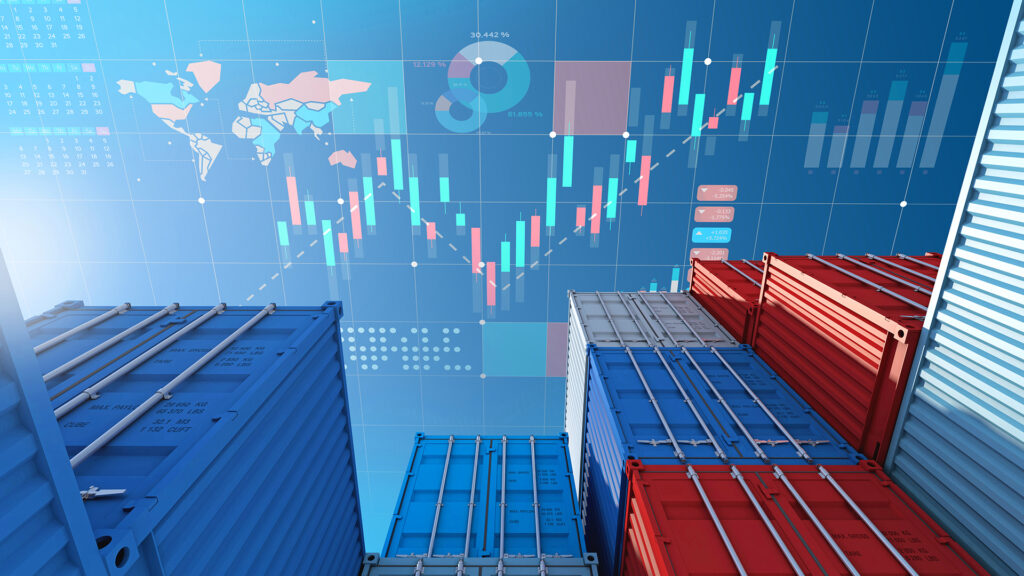
We at Aoki Trans are always pushing towards the future.

